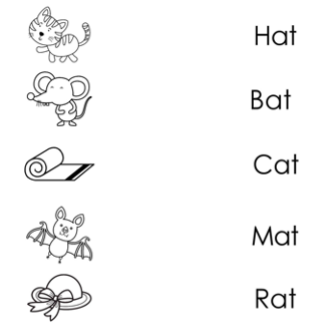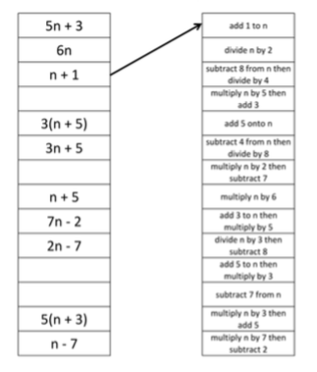Where's My Answer?

Have you ever used matching worksheets with students?
You know, the ones where students connect vocabulary words to the correct definitions, math problems to the correct solutions, beginning sounds to the matching pictures...


These can be helpful tools for individual assessment and preparing students for similar testing techniques in standardized tests. They can be made even more kinesthetic and engaging through online tools such as Jamboard for individual practice at home.
That’s nice, you say… but what does this have to do with Project GLAD®?
Project GLAD® strategies have the power to take what you already do or need to teach, and present it to students in a way that increases language development, communication, social interaction, memory retention and student engagement.
The “GLAD” version of a matching worksheet is a strategy called...drumroll please...
Where’s My Answer
Where’s My Answer can be used in any subject area or grade level.
Simply take the items students would match on their worksheets and write them on separate cards. Pass out the cards to students. Students stand up, move around the classroom (oxygen flowing in the brain), talk to one another (language acquisition and negotiating for meaning), and find their match.
Now, let’s boost language development and cognitive processing even more!
We start with the standards for the unit. It’s unlikely the standards will be met through focusing the lesson at an understanding level of Bloom’s taxonomy. It's MUCH more likely our unit and lesson standards will challenge students into analyzing, evaluating and creating.

Which means, in a social studies lesson, we want our matches to be more than identifying battles with dates for the United States Civil War.
Instead, you might create matches that focus on cause and effect.
Perhaps you create 4 cards per match instead of two.
- One is the cause of a particular battle.
- One is the effect of that battle.
- One is the name and date of the battle.
- And one is blank – where students write another effect from that battle once they have found their groups.
Once our cognitive target is strong we need to consider ways to support our emerging bilinguals.
How might you add comprehensibility to the process?
Could one of the cards for each matching group include a visual representation?
Consider the following examples to get your creative Where's My Answer juices flowing. (And yes, this is a favorite strategy for adults too!)



Finally, model the process and dialogue for your emerging bilinguals.
And of course, bring in those sentence stems to build language.
“I think these match because_________________.”
Where’s My Answer is an helpful strategy any time of the year, but especially when students are in holiday mode and need some extra movement and interaction to stay engaged.
In the Next Steps Coaching Membership, you’ll find a section specifically on using Where’s My Answer with the Three Personal Standards and coaching support to brainstorm and implement this strategy with your students. We hope to see you there!


